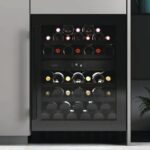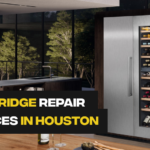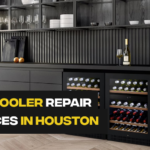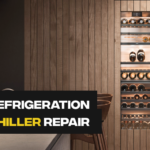Avintage Wine Cooler Exterior Surface Becomes Excessively Hot
Post Date: June 25, 2024
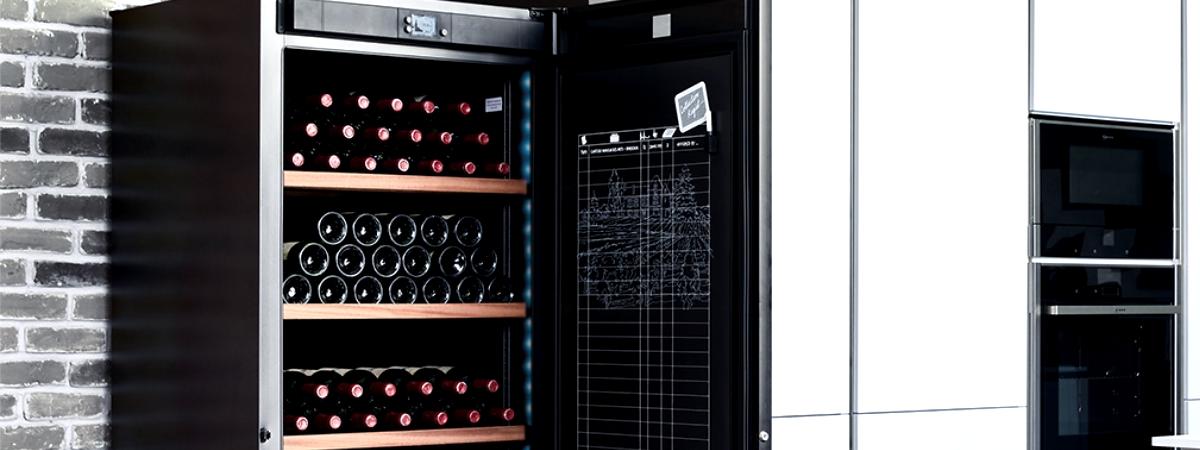
Avintage Wine Coolers are known for their elegant designs and exceptional temperature control, making them a popular choice for wine enthusiasts. However, like any appliance, they can experience occasional issues. One common concern is an excessively hot exterior surface.
If the exterior surface of your Avintage Wine Cooler feels unusually hot, it’s an indication of an underlying issue that needs attention. While some warmth is expected due to the cooling process, excessive heat suggests a problem with the appliance’s operation.
Causes of Excessive Heat
Faulty Condenser Coils: The condenser coils are responsible for releasing heat generated during the refrigeration process. If they are clogged with dust or debris, they cannot dissipate heat effectively, causing the exterior to overheat.
Defective Fan: The fan plays a crucial role in circulating air around the condenser coils, aiding in heat removal. A malfunctioning fan can lead to insufficient airflow, trapping heat within the appliance and causing the exterior to overheat.
Refrigerant Leak: A refrigerant leak not only affects cooling performance but can also contribute to excessive exterior heat. Refrigerant is a pressurized liquid that absorbs heat during the cooling cycle. If there’s a leak, the refrigerant escapes, reducing its cooling capacity and causing the compressor to work harder, generating more heat.
Blocked Vents: Proper ventilation is essential for allowing heat to escape from the appliance. If the vents are obstructed by furniture, walls, or other objects, heat can build up inside, causing the exterior to overheat.
Ambient Temperature: In extremely hot environments, the surrounding temperature can put additional strain on the wine cooler’s cooling system, leading to a warmer exterior surface.
DIY Solutions for Excessive Heat
-
Clean Condenser Coils: Unplug the wine cooler and locate the condenser coils, usually at the back or bottom. Use a soft brush or vacuum cleaner to carefully remove any dust or debris accumulated on the coils.
-
Check the Fan: Inspect the fan blades for any obstructions or damage. Ensure the fan is rotating freely and not making any unusual noises. If necessary, clean the fan blades with a soft cloth.
-
Inspect for Refrigerant Leaks: Signs of a refrigerant leak include hissing sounds, frost buildup around cooling coils, or a noticeable decrease in cooling performance. If you suspect a leak, it’s best to contact a qualified technician.
-
Clear Vents: Ensure there are no obstructions around the vents, allowing for adequate airflow. Move furniture or objects that might be blocking the vents.
-
Monitor Ambient Temperature: If possible, relocate the wine cooler to a cooler area or consider using a fan to improve air circulation around the appliance.
Preventive Measures
- Regular Maintenance: Schedule regular cleaning of the condenser coils and vents to prevent dust buildup and ensure proper airflow.
- Avoid Overloading: Don’t overcrowd the wine cooler with bottles. Allow sufficient space for air circulation between bottles.
- Proper Placement: Avoid placing the wine cooler in direct sunlight or near heat sources like ovens or stoves.
- Level Placement: Ensure the wine cooler is level to prevent compressor malfunctions that can generate excessive heat.
- Professional Service: Regularly have your wine cooler serviced by a qualified technician to check for potential issues and ensure optimal performance.
An excessively hot exterior surface on your Avintage Wine Cooler is an indication of a problem that needs to be addressed. By understanding the causes, implementing DIY solutions, and following preventive measures, you can keep your wine cooler operating efficiently and maintain the ideal environment for your treasured wine collection. If you encounter any persistent issues or are unsure about DIY repairs, don’t hesitate to contact a qualified technician for professional assistance.



